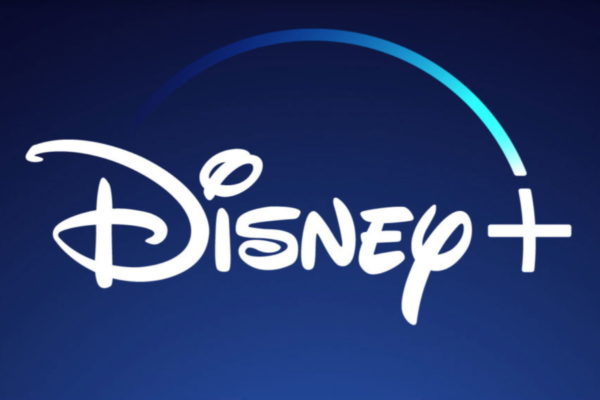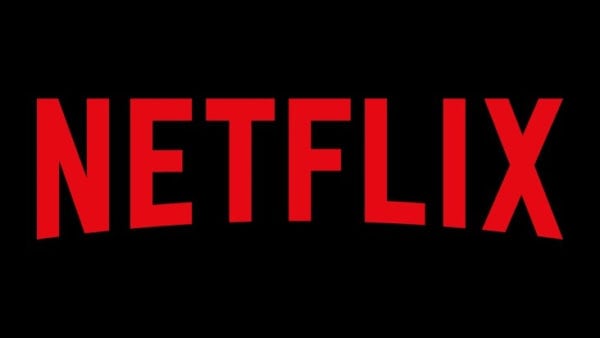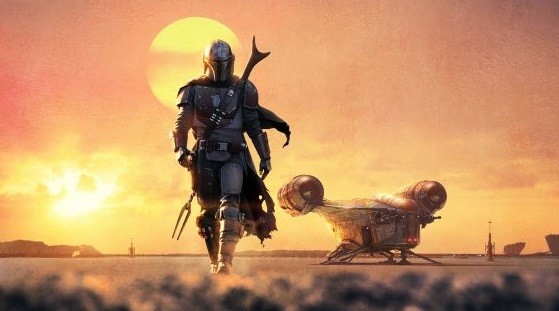Martin Izzard on whether Disney+ will reset the Netflix distribution model…
Thanks to streaming, TV budgets and investment into original content is absolutely booming. But more than ever, the ‘whenever,wherever’ nature of streaming means TV shows don’t have as much staying power or invite the conversation they used to. Because we can all consume entire series in a single day if we want to, streaming services have created something of a binge-induced throw-away mindset.
Even though all-at-once release schedules have become the norm in only the time it’s taken Netflix to become something of an eponymous verb, I’m still a big advocate for the week to week model of distribution.
Like many things, you only need to look as far as Game of Thrones to see how weekly programming can still dominate. While inherently a broadcast-driven show, HBO did a great job in making sure every episode was still available live on streaming platforms like Now TV in the UK and HBO Go in the US so everyone could experience it all at once. Right up to its final episode, Game of Thrones had a huge amount of buzz around it and conversation was rife online, in media outlets and in offices all over the world.
A weekly installment release schedule also gives TV shows without the huge in-built appeal – or the marketing budgets – of the last season of Game of Thrones a better chance to make waves. This year we saw Chernobyl explode into the cultural conversation and I don’t think that would have happened if it was an all-at-once dump of the series’ five episodes. Having installments drop once a week meant word of mouth could build around the show and it became a huge hit with audiences all over the world.
Compare that to something like the release of the latest series of Stranger Things. The question ‘did you see last night’s episode?’ has been replaced with ‘have you watched Stranger Things Series 3?’. And because we’ve all been spoilt by streaming, if the answer is ‘I’ve only watched the first three episodes,’ it’s now much easier to end a conversation than try to work out what happened at around the third hour of your ten hour binge.
I kind of miss the discourse that I’d have with friends about a specific episode of a TV show. When Lost started in 2004, there were only a few of us in a group of friends that had Sky so one of us would tape each episode as it went out on Sunday nights and then the VHS would be passed around among the friend group throughout the week. Once we’d all seen it, we would have a chat about the episode and what we’re looking forward to seeing in the next episode. Then we’d head into the weekend and the whole thing would start over for the next week.
But now, groups of friends need to watch an entire series of something in a single weekend in order to join in on a conversation or have to exclude themselves and walk away with fingers in their ears for fear of spoilers.
The option I’ve tended to take more with a Netflix or Amazon series is to watch a few episodes a week; something I did with Stranger Things. So after several weeks of people being incredulous that I hadn’t dedicated ten continuous hours to watching it all at once, I was finished and ready to have a conversation about what went down at the Star Mall. But a month is too long and everyone had already moved on to something else. Even finding articles discussing the series involved a lot of scrolling through the shows that were that week’s entertainment.
But some new players to the streaming world are headed our way and look set to change this. One of these is Disney who announced that the ten episodes of The Mandalorian, its first live action TV series in the Star Wars universe, will be released weekly on the Disney+ service.
Doing it this way bucks the trend of the model that Netflix has laid out to everyone and can be interpreted as something of a statement by Disney that they’re not playing anyone else’s game. And what do you expect? Disney is after all, the biggest name in entertainment today, so they’re going to run their service their own way.
For the shows on the Disney+ platform – like The Mandalorian – having a weekly release schedule means they will have time to breathe. This is a new service after all that’s going to be costing Disney a lot of money. Only being able to watch episodes weekly instead of all at once means audiences will have the time to bask in and appreciate the huge amount of money that’s been spent on the talent, the production and the storytelling of its shows.
I’m hoping Disney’s release of The Mandalorian, and presumably other upcoming shows, is going to do something of a reset to how new and existing streaming services think about releasing their original programmes. Having a weekly schedule gives new audiences the chance to find their new favourite programme, means discourse about a particular show can be extended over a ten-week period and frankly relieves the feeling that we as viewers need to devote an entire day to a single show the minute it comes out.
Now if you’ll excuse me, I’ve got The Dark Crystal: Age of Resistance to go and watch. It came out just last Friday and if I don’t watch it all right now, I’ll need to walk around with my headphones in to avoid spoilers.
Martin Izzard

















